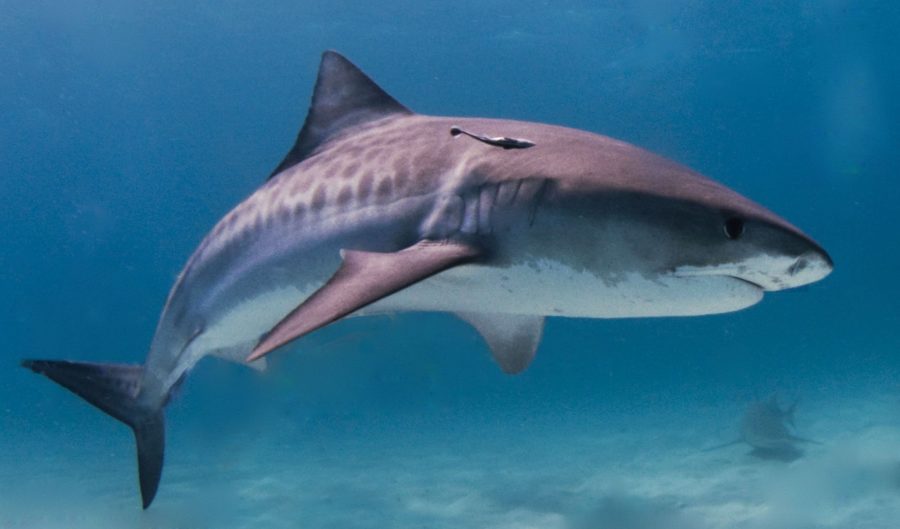Tiger sharks in need of protection

A RECENT STUDY OF tiger sharks has revealed that the marine animals gene pool is much the same for all tiger sharks in the Indo-Pacific region.
Rsearchers say that this is counter to previous assumptions that there was a distinct Hawaiian population structure.
Head researcher, Bonnie Holmes from the University of Queensland explained that her research bolsters the need for “cross-jurisdictional efforts to manage the sustainable fishing of large migratory sharks.”
Bonnie analysed samples from the Indian Ocean just off Western Australia, as well as areas in the Western and Central Pacific.
In Australia, tiger sharks are protected by the Environment Protection and Biodiversity Conservation Act 1999. However, Bonnie explained these sharks become vulnurable once entering international waters.
Different management and monitoring regimes of neighbouring jurisdictions, coupled with a lack of fishing regulation in international waters, generate significant threats to migratory shark species.
“In Australia these sharks have a higher level of protection than when they move into international waters, where they are often targeted for their large fins,” she said.
Tiger sharks are also hunted for their livers which are said to contain high levels of Vitamin A.
“There needs to be cooperation between international authorities to ensure that there are adequate no-take zones within our oceans.”
The tiger shark has an average lifespan of 50 years and they reproduce slowly making them particularly vulnerable to population decline, posing a major threat to the ocean’s ecosystem.
“As top predators growing to over 5m in length and capable of migrating thousands of kilometres, they have a potential to exert considerable impacts on ecosystem dynamics across wide spatial scales, influencing trophic structure and linking ecosystems,” Bonnie told Australian Geographic.
Future research regarding the tiger shark will harness a new method, which involves extracting DNA from the jaws of tiger and white sharks held in museums and trophy collections.
The research was published in the journal Open Sciences.
READ MORE:
- Tiger shark movements mapped.
- VIDEO: Tiger shark feeding frenzy in WA.
- Ultimate guide to Australian sharks.

